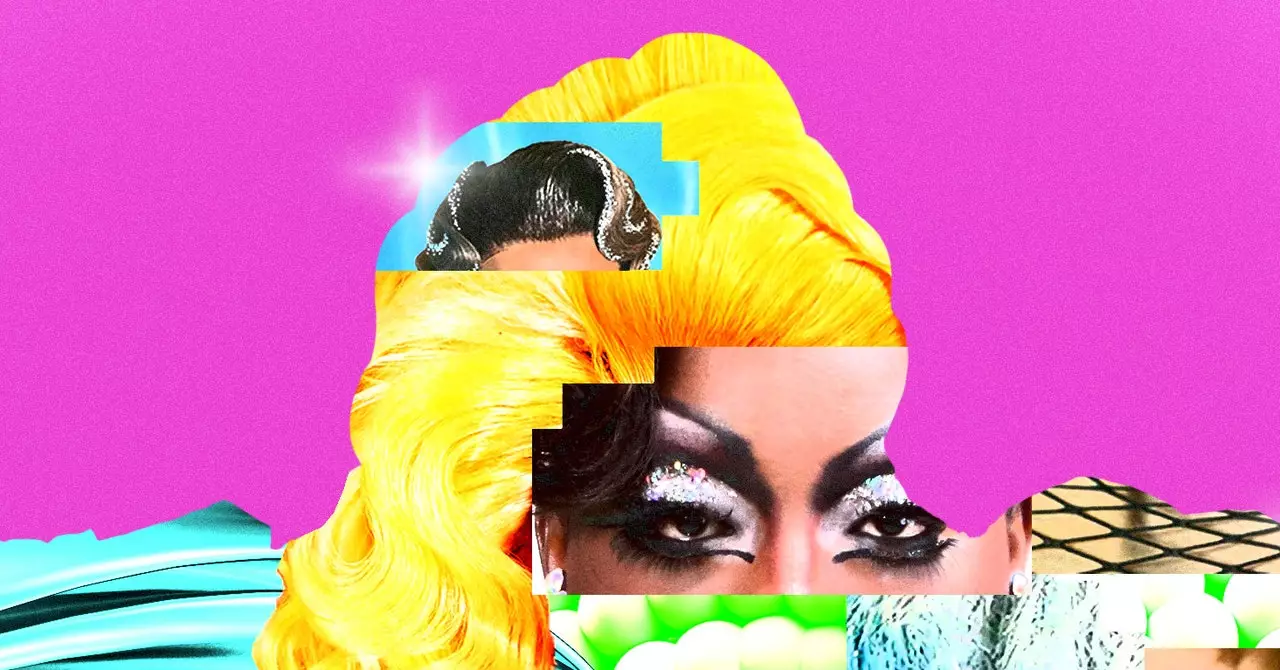The world of faux Drag Race has sparked intense emotional attachment from fans who believe in the authenticity of the AI-generated queens. Michael, one of the creators behind this phenomenon, has observed the passion of fans who react strongly to his creations, even to the point of mistaken identity. The blending of the real and unreal in these AI-generated characters has led to fans requesting for the queens’ actual Instagram handles, blurring the lines between fantasy and reality.
One of the common criticisms faced by creators of faux Drag Race is the accusation of taking away jobs from real drag queens. Michael, as an illustrator himself, acknowledges the looming threat of AI taking over his job in the future. However, he argues that his Instagram project does not directly detract from the earnings of human drag queens. He puts the responsibility on individuals who choose not to support live drag performances due to their engagement with AI-generated content.
The rise of AI-generated Drag Race has not been without its legal challenges. Some creators have faced backlash and had their accounts removed from Instagram for featuring copyrighted characters without permission. Despite attempts to label their work as parody and include copyright disclaimers, creators acknowledge the precarious nature of their content creation. The fear of being taken down looms over many creators, leading them to tread carefully in their creative process to avoid sexualizing characters or altering their original essence.
The merging of horror themes with Drag Race elements has been a unique and intriguing aspect of faux Drag Race creations. Creators like Shayne from Horror Drag Race have found a niche audience that appreciates the blend of two seemingly unrelated genres. By catering to both horror and Drag Race fans, these creators have been able to carve out a distinct space in the AI-generated content landscape.
The influence of AI-generated fashion and drag looks has even reached the realm of real Drag Race queens. Mhi’ya Iman Le’Paige, a contestant from season 16, showcased a look on the runway that was originally generated by AI. This cross-pollination of AI-inspired designs into mainstream drag culture highlights the potential of faux Drag Race to influence trends in the fashion industry. Additionally, real-life queens have shown interest in collaborating with AI creators to design their runway looks, indicating a potential shift in how drag fashion is conceptualized and curated.
The world of faux Drag Race presents a complex landscape of creativity, ethics, and legal considerations. While fans may find emotional solace in these AI-generated creations, creators must navigate the fine line between artistic expression and copyright infringement. The intersection of horror and drag themes adds a new dimension to faux Drag Race content, attracting diverse audiences from different fandoms. As the influence of faux Drag Race continues to grow, it will be essential for creators to uphold ethical standards and respect the boundaries of intellectual property to ensure the longevity and legitimacy of their work.


Leave a Reply